Home>Construction & Tools>Building Materials>What Is The Color Of Brick
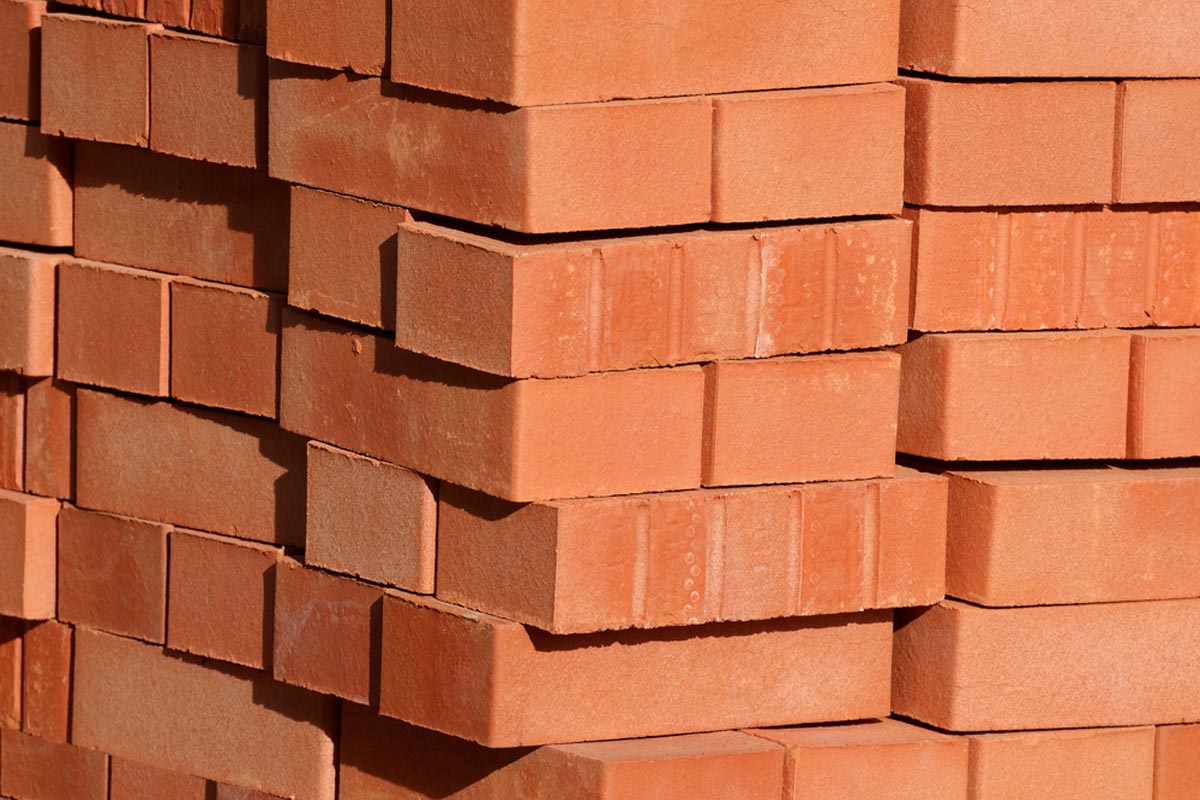

Building Materials
What Is The Color Of Brick
Modified: March 24, 2024
Learn about the color of brick and its significance as a popular building material. Explore the various shades and uses of this versatile construction element.
(Many of the links in this article redirect to a specific reviewed product. Your purchase of these products through affiliate links helps to generate commission for Storables.com, at no extra cost. Learn more)
Introduction
Welcome to the world of bricks, where the fusion of craftsmanship and nature’s raw materials has shaped the built environment for centuries. Bricks have been an integral part of human civilization, with a rich history and a timeless appeal. Whether you’re an architecture enthusiast, a construction professional, or simply someone intrigued by the art of building, understanding the color of bricks is a fascinating journey that unveils the intricate beauty and practical significance of this age-old building material.
Exploring the color of bricks goes beyond mere aesthetics; it delves into the geological origins, manufacturing processes, and architectural implications of this versatile material. From the earthy red hues that evoke a sense of warmth and tradition to the various tones and textures that define architectural styles, the color of bricks is a captivating subject that intertwines artistry and functionality.
In this comprehensive guide, we will embark on an enlightening exploration of the color of bricks, delving into their historical significance, composition, factors influencing their color, and their enduring role in architecture. Join us as we unravel the captivating story behind the color of bricks and gain a newfound appreciation for this fundamental building material.
Key Takeaways:
- Bricks come in a variety of colors, from classic red to earthy browns and subtle creams, influenced by factors like clay composition, firing process, and natural variations. They offer architects a versatile medium for design.
- The color of bricks reflects a blend of geological origins, firing techniques, and natural variations, creating a rich tapestry of hues. Bricks have been an enduring medium in architecture, embodying tradition, innovation, and timeless appeal.
Read more: What Colors Look Good With Brick
The History of Brick
Bricks have left an indelible mark on human history, dating back to ancient civilizations where they were meticulously crafted and used to construct enduring monuments and structures. The earliest evidence of fired bricks can be traced back to around 3500 BC in the ancient regions of Mesopotamia, where the innovative use of clay and kilns revolutionized construction practices.
Ancient civilizations such as the Sumerians, Egyptians, and Indus Valley inhabitants recognized the durability and versatility of bricks, employing them to build monumental structures like ziggurats, pyramids, and city walls. The Romans further advanced brick-making techniques, introducing the concept of fired bricks and developing diverse patterns and designs that adorned their architectural marvels.
Throughout history, bricks have been a symbol of strength and resilience, with their timeless appeal transcending geographical boundaries. The Industrial Revolution marked a significant turning point in brick production, leading to mass-scale manufacturing and the widespread use of bricks in urban development.
Today, the legacy of bricks continues to thrive, with modern construction practices integrating traditional bricklaying methods with innovative technologies. From historic landmarks to contemporary edifices, the history of bricks resonates through the ages, embodying the enduring legacy of human ingenuity and craftsmanship.
The Composition of Brick
Bricks, the fundamental building blocks of architecture, are crafted from a blend of natural materials that undergo a meticulous process of formation and firing. The primary components of bricks include clay, shale, and other natural minerals, which are carefully selected to achieve the desired properties and characteristics.
Clay, renowned for its plasticity and binding qualities, serves as the cornerstone of brick composition. When combined with water and other additives, such as sand and grog (previously fired clay), clay forms a malleable mixture that can be molded into various shapes and sizes. Shale, a sedimentary rock rich in clay minerals, is also a prevalent raw material in brick production, contributing to the structural integrity and texture of the final product.
During the manufacturing process, the raw materials are pulverized, mixed, and shaped into individual units using molds or extrusion methods. These green bricks are then subjected to high-temperature firing in kilns, a transformative process that vitrifies the clay particles and imparts strength and durability to the bricks. The firing temperature and duration profoundly influence the color, texture, and mechanical properties of the bricks, resulting in a diverse range of characteristics that cater to specific construction requirements.
Furthermore, the composition of bricks can be tailored to achieve distinct attributes, such as thermal insulation, load-bearing capacity, and resistance to environmental factors. By modifying the clay mixture and incorporating additives, manufacturers can produce bricks that align with the performance criteria of diverse architectural projects, from residential structures to industrial complexes.
Understanding the composition of bricks unveils the intricate synergy between natural elements and human craftsmanship, underscoring the artistry and precision involved in creating a material that has stood the test of time.
The Color of Brick
The color of bricks, an integral aspect of their visual allure, reflects a harmonious blend of geological origins, firing techniques, and natural variations. Traditionally, the classic red hue of bricks has been synonymous with warmth, authenticity, and timeless appeal. This distinct coloration is attributed to the iron oxide content in the clay, which undergoes a chemical reaction during the firing process, resulting in the iconic reddish tones that have graced architectural marvels for centuries.
While red bricks hold a cherished place in architectural traditions, the color spectrum of bricks extends far beyond this iconic shade. Bricks are available in an array of colors, ranging from earthy browns and oranges to subtle creams and greys, each imbued with its unique aesthetic charm and architectural versatility. These variations in color are influenced by factors such as the mineral composition of the clay, the firing temperature, and the presence of impurities, which contribute to the diverse palette of brick tones that cater to a myriad of design preferences.
Moreover, the surface texture and finish of bricks play a pivotal role in accentuating their color, with options ranging from smooth, uniform facades to rugged, weathered appearances that evoke a sense of character and depth. The interplay of light and shadow further enriches the visual impact of brick exteriors, lending a dynamic quality to architectural compositions and accentuating the inherent beauty of the material.
As architectural trends evolve, the color of bricks continues to inspire innovative design expressions, with contemporary structures showcasing a fusion of traditional and modern aesthetics. Architects and designers leverage the diverse color palette of bricks to create captivating juxtapositions, intricate patterns, and striking contrasts, infusing architectural narratives with a timeless yet contemporary allure.
Understanding the color of bricks unveils a captivating interplay of geological nuances and artistic expression, underscoring their enduring appeal as a quintessential element in architectural design.
The color of brick can vary depending on the type of clay and firing process used. Common brick colors include red, brown, and grey.
Factors Affecting Brick Color
The color of bricks is influenced by a myriad of factors that converge to create a rich tapestry of hues and variations, each imbued with its unique character and visual impact. Understanding the interplay of these factors unveils the nuanced artistry and scientific intricacies that define the coloration of bricks, shaping architectural landscapes with their captivating presence.
- Clay Composition: The mineral composition of the clay used in brick production profoundly influences the color spectrum, with variations in iron oxide, manganese, and other elements imparting distinct colorations to the final product. Clay sourced from different geological deposits yields diverse color profiles, ranging from vibrant reds to subdued earth tones, offering architects and builders a broad palette to realize their design visions.
- Firing Process: The firing temperature and duration play a pivotal role in determining the color and texture of bricks. Higher firing temperatures can intensify the reddish hues of bricks, while lower temperatures may result in softer, more muted tones. Additionally, the atmosphere within the kiln, whether oxidizing or reducing, can influence the final coloration, adding further complexity to the firing process.
- Natural Variations: The inherent variability of natural materials contributes to the diverse color outcomes of bricks. Factors such as mineral impurities, organic matter, and geological formations can introduce subtle nuances and irregularities, imparting a sense of organic beauty and individuality to each brick unit.
- Surface Treatments: Surface treatments and finishes, such as glazing or tumbling, can enhance or alter the color of bricks, offering architects and designers a means to customize the aesthetic appearance of brick facades. These treatments can introduce sheen, texture, or tonal variations, expanding the creative possibilities for architectural expression.
- Weathering and Aging: Over time, exposure to environmental elements can subtly transform the color and patina of bricks, imbuing them with a weathered, time-honored charm. This natural evolution adds depth and character to brick exteriors, contributing to the enduring allure of aged architectural structures.
By navigating the intricate interplay of these factors, architects, builders, and enthusiasts alike can appreciate the multifaceted artistry and scientific nuances that underpin the captivating coloration of bricks, perpetuating their timeless relevance in architectural design.
Read more: What Color Goes With Brown Brick
The Use of Brick in Architecture
Bricks, with their timeless allure and versatile characteristics, have been a cornerstone of architectural expression across diverse cultures and epochs. Their enduring appeal transcends stylistic trends, offering architects and builders a medium through which to realize a spectrum of design visions, from historic landmarks to contemporary masterpieces.
The use of bricks in architecture encompasses a rich tapestry of applications, each harnessing the material’s inherent qualities to evoke a sense of permanence, texture, and visual warmth. From monumental structures to humble abodes, bricks have left an indelible mark on the built environment, shaping skylines and imbuing urban landscapes with their distinctive charm.
- Structural Integrity: Bricks serve as a fundamental building material, providing structural stability, load-bearing capacity, and resilience against environmental forces. Their robust nature makes them an enduring choice for constructing walls, foundations, and arches, ensuring the longevity and safety of architectural edifices.
- Aesthetic Versatility: The diverse color palette, textures, and sizes of bricks offer architects unparalleled creative freedom, enabling the realization of architectural compositions that range from rustic and traditional to sleek and contemporary. Whether employed as a primary cladding material or integrated into intricate patterns and detailing, bricks bestow architectural facades with a tactile and visually engaging presence.
- Thermal Performance: Bricks exhibit excellent thermal mass properties, regulating indoor temperatures and contributing to energy efficiency in buildings. Their ability to store and release heat gradually enhances comfort and reduces reliance on mechanical heating and cooling systems, aligning with sustainable design principles.
- Historical Significance: The use of bricks in architecture resonates with a sense of heritage and timelessness, evoking narratives of craftsmanship and cultural continuity. Historic structures adorned with bricks, from ancient citadels to colonial landmarks, stand as enduring testaments to the material’s enduring legacy in shaping human habitats.
- Contemporary Expressions: In modern architecture, bricks continue to inspire innovative interpretations, with architects harnessing the material’s tactile appeal and sustainable attributes to create compelling juxtapositions and spatial experiences. From expressive facades to interior feature walls, bricks remain a versatile medium for infusing architectural compositions with depth and character.
Embracing the use of bricks in architecture is a celebration of tradition, innovation, and enduring craftsmanship, underscoring their indispensable role in shaping the built environment and enriching the fabric of human habitation.
Conclusion
Embarking on a journey through the color of bricks unveils a captivating narrative that intertwines geological origins, artisanal craftsmanship, and architectural significance. From ancient civilizations to contemporary urban landscapes, bricks have stood as enduring testaments to human ingenuity, resilience, and artistic expression.
The history of bricks, steeped in tradition and innovation, reflects the timeless legacy of a material that has shaped the built environment for millennia. From the monumental wonders of antiquity to the modern marvels of urban architecture, bricks have transcended epochs, leaving an indelible mark on skylines and cityscapes.
The composition of bricks, meticulously crafted from natural elements and subjected to transformative firing processes, embodies a harmonious fusion of scientific precision and artistic finesse. The diverse palette of brick colors, ranging from earthy reds to subtle creams and greys, reflects the nuanced interplay of geological nuances, firing techniques, and natural variations, offering architects and builders a versatile medium for realizing their design visions.
Factors influencing brick coloration, from clay composition to firing processes and natural variations, underscore the intricate artistry and scientific complexities that converge to shape the captivating hues and textures of bricks. This multifaceted interplay imbues bricks with a sense of organic beauty, individuality, and enduring charm, perpetuating their relevance in architectural design.
The use of bricks in architecture, spanning structural, aesthetic, and historical dimensions, embodies a synthesis of tradition and innovation, offering architects a timeless medium for creating enduring, tactile, and visually engaging built environments. From structural stability to aesthetic versatility, bricks continue to enrich architectural narratives, resonating with a legacy of heritage and sustainability.
In conclusion, the color of bricks is a testament to the enduring allure of a material that transcends time, culture, and design paradigms, embodying the timeless essence of human creativity and architectural expression. As we continue to shape the urban fabric and built landscapes, the color of bricks stands as a steadfast reminder of the enduring legacy and unwavering relevance of this quintessential building material.
Frequently Asked Questions about What Is The Color Of Brick
Was this page helpful?
At Storables.com, we guarantee accurate and reliable information. Our content, validated by Expert Board Contributors, is crafted following stringent Editorial Policies. We're committed to providing you with well-researched, expert-backed insights for all your informational needs.
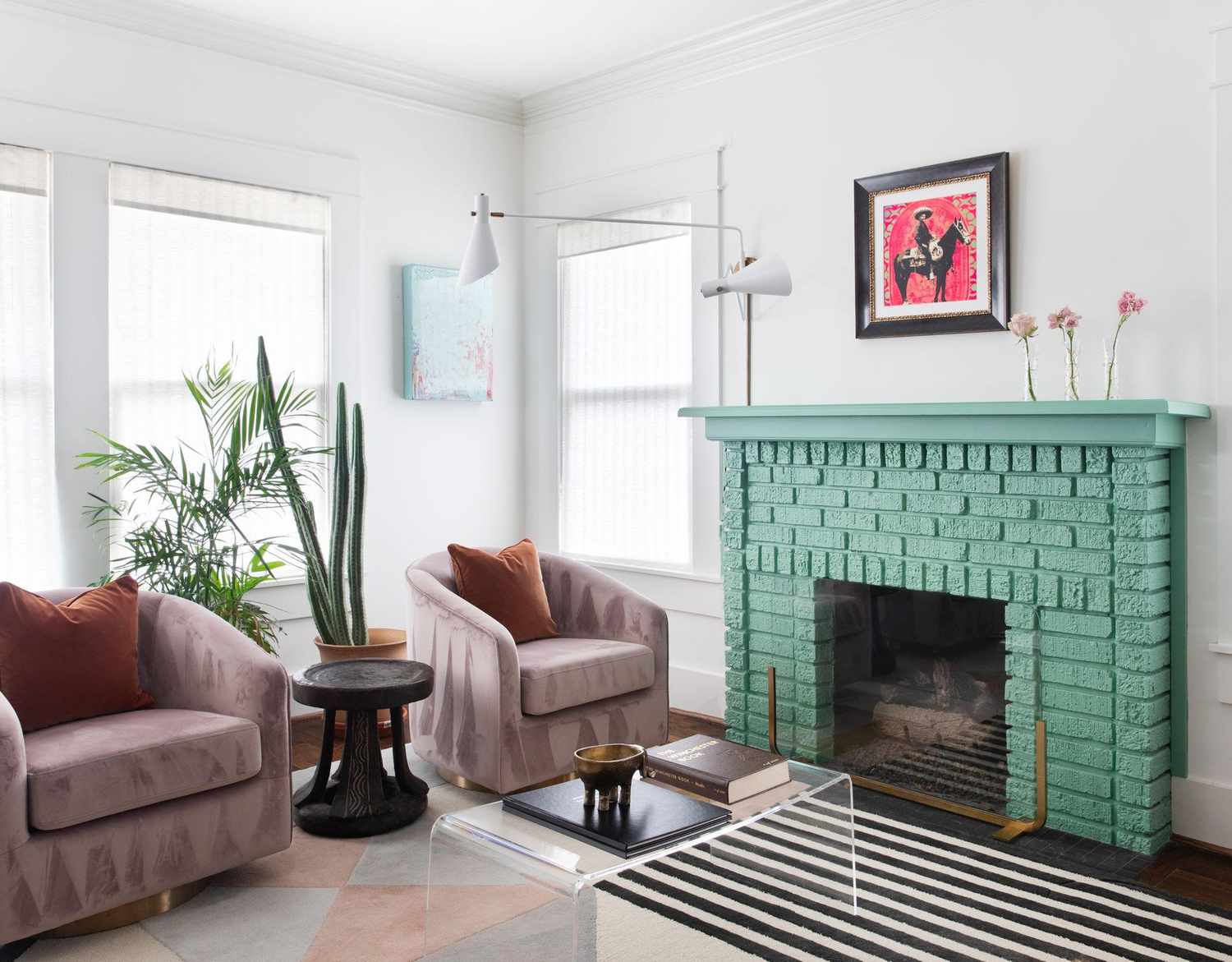
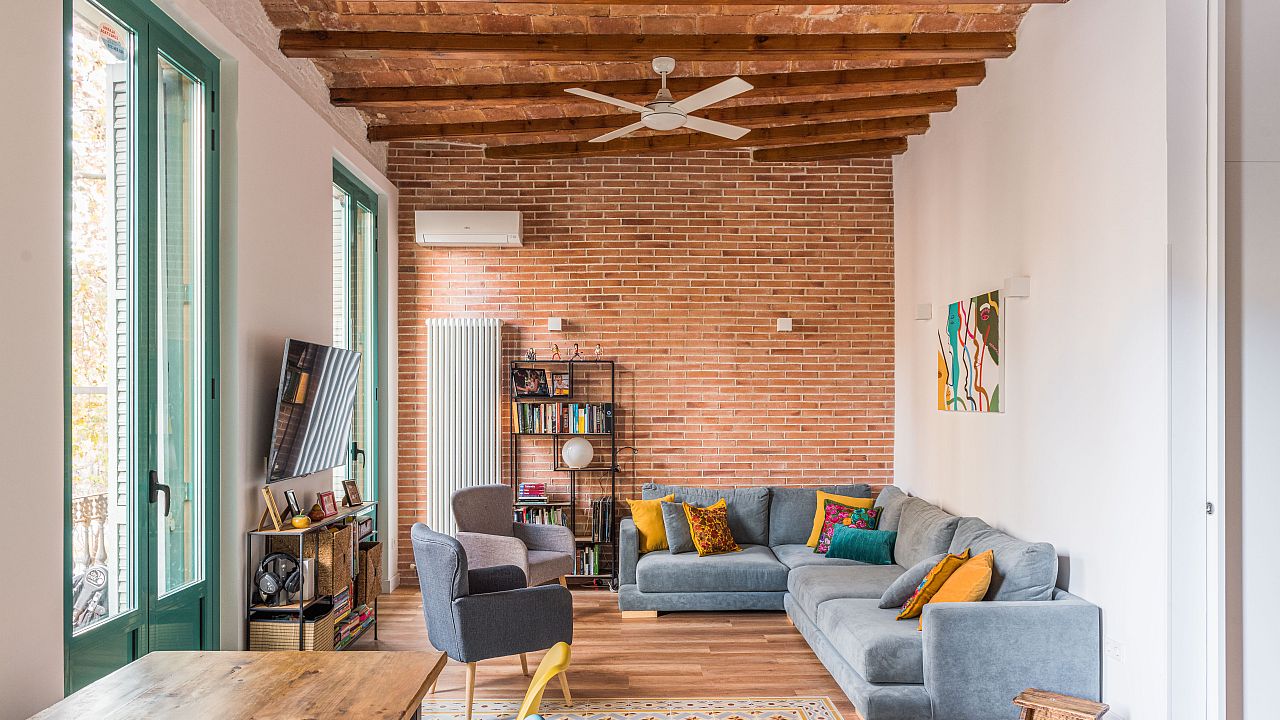
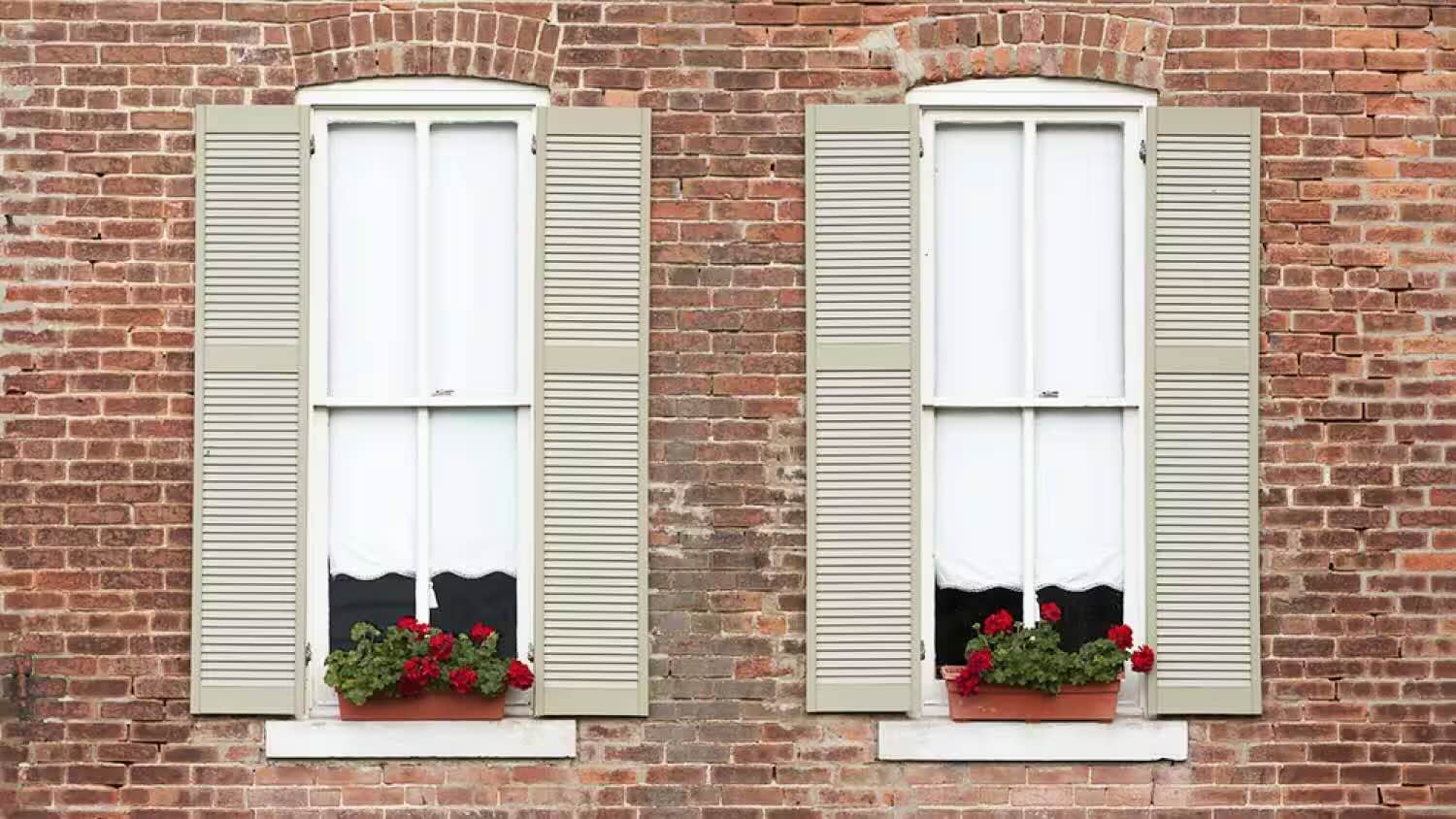
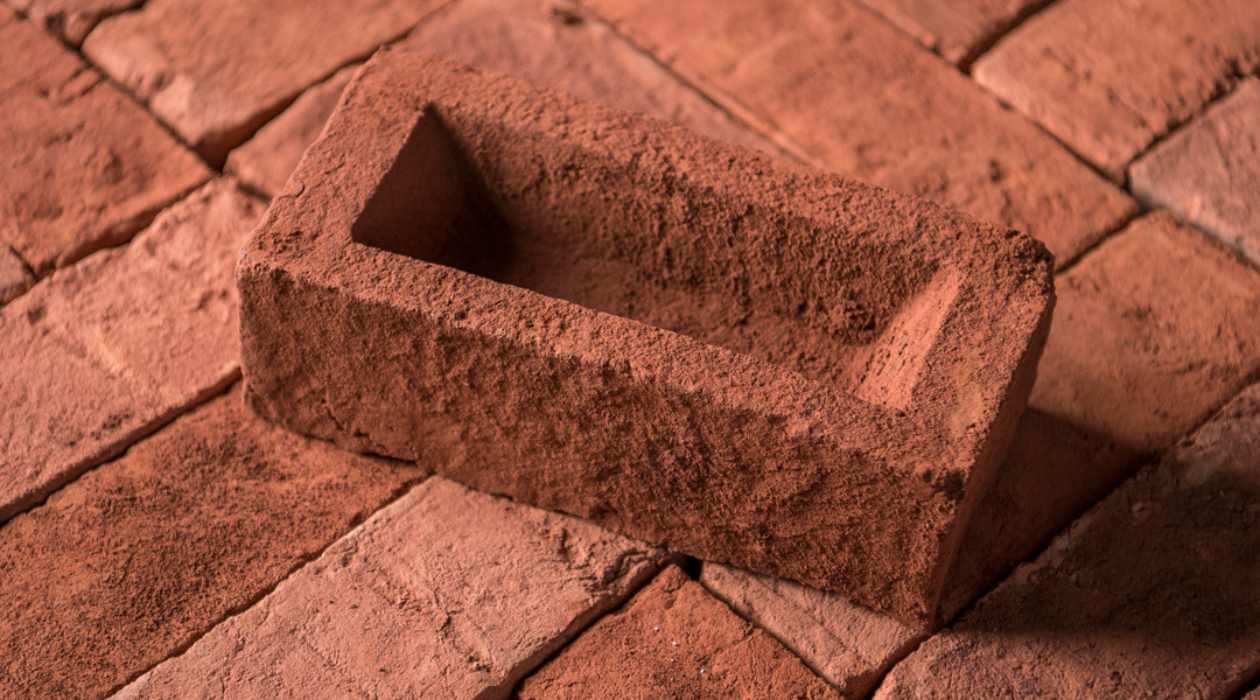
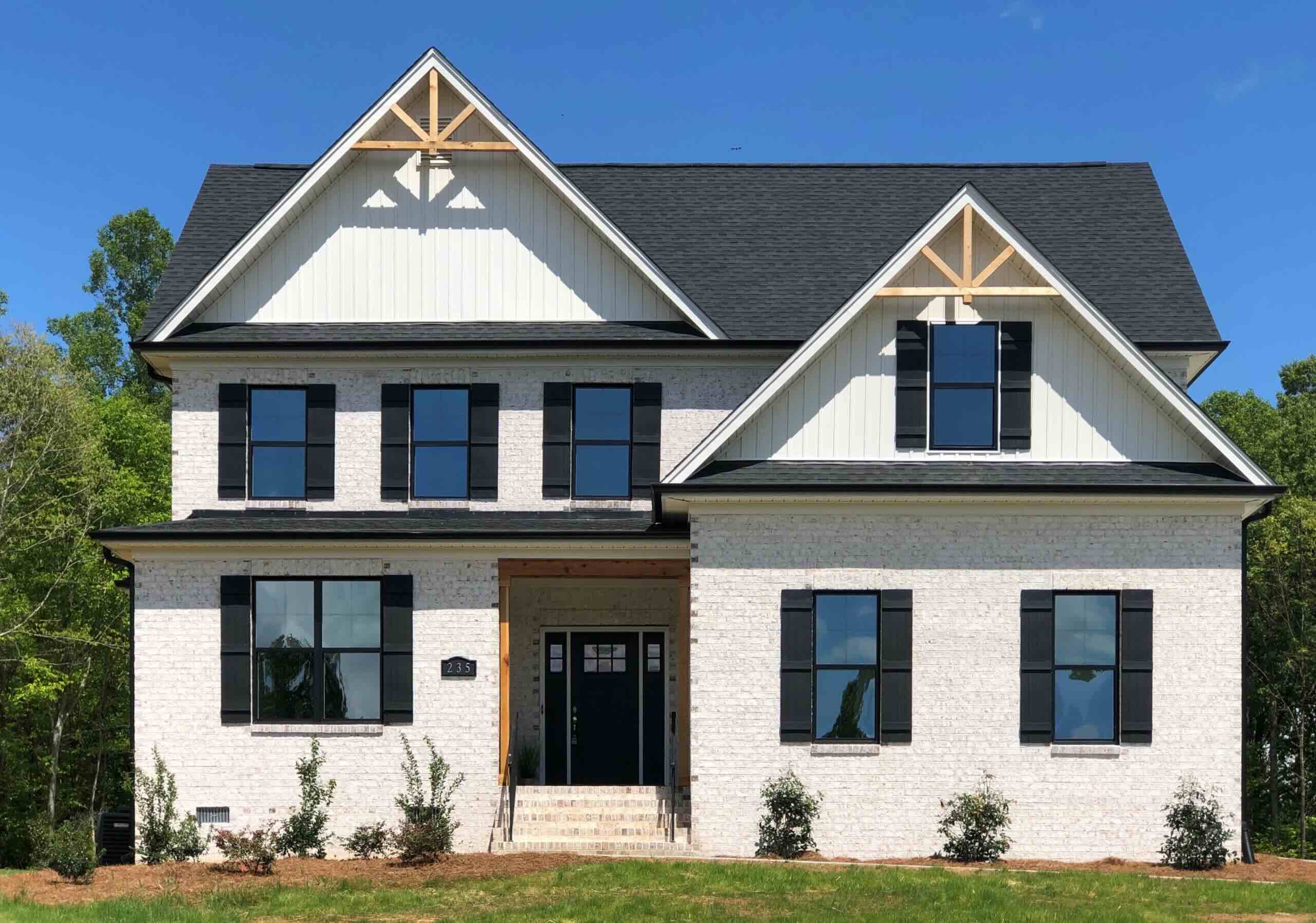

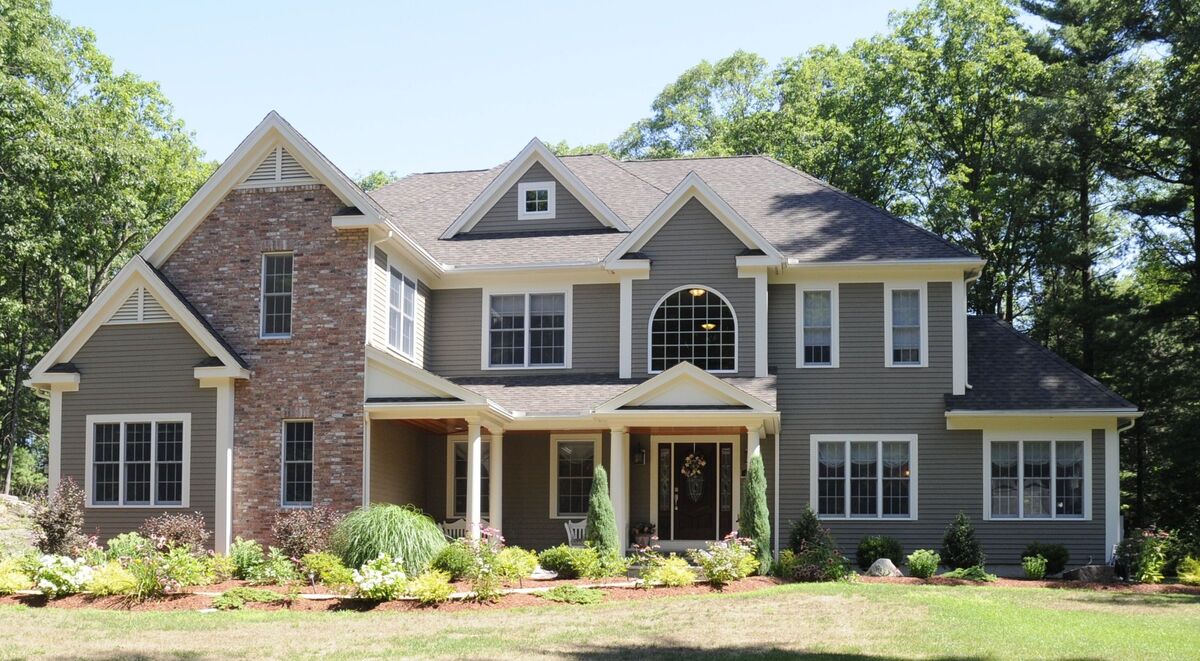
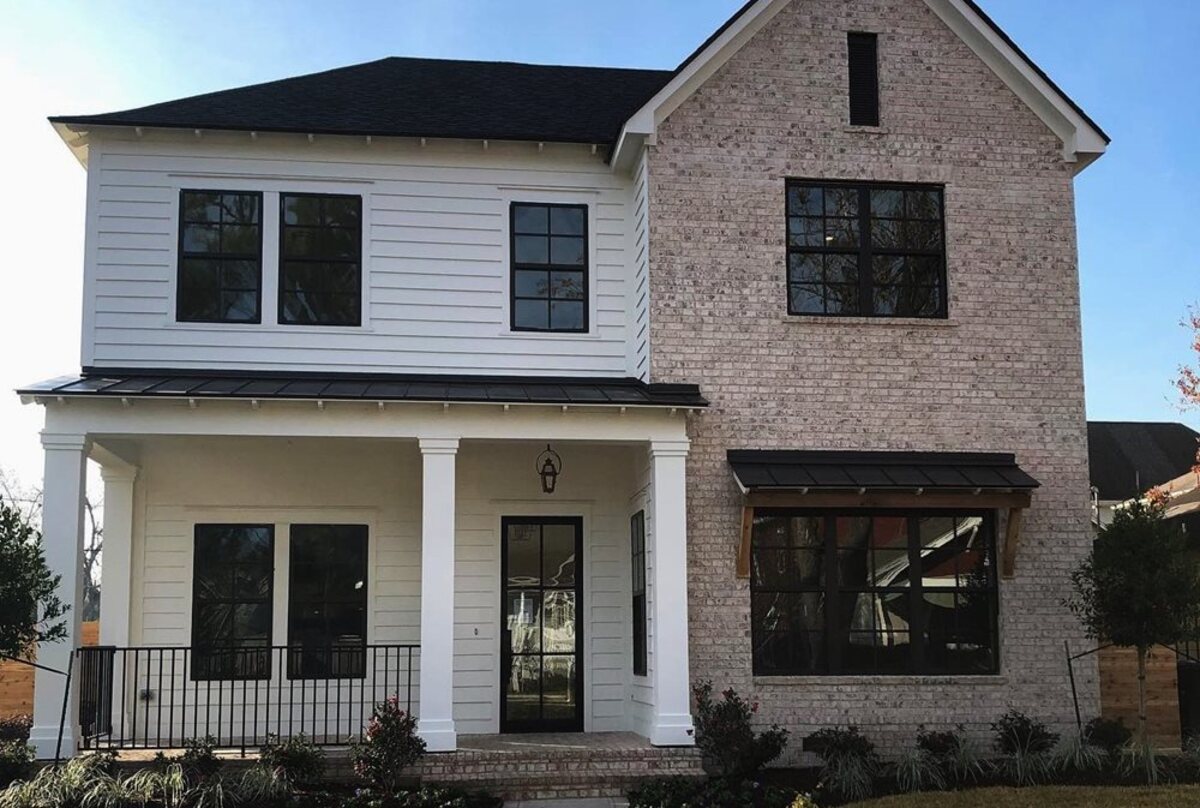
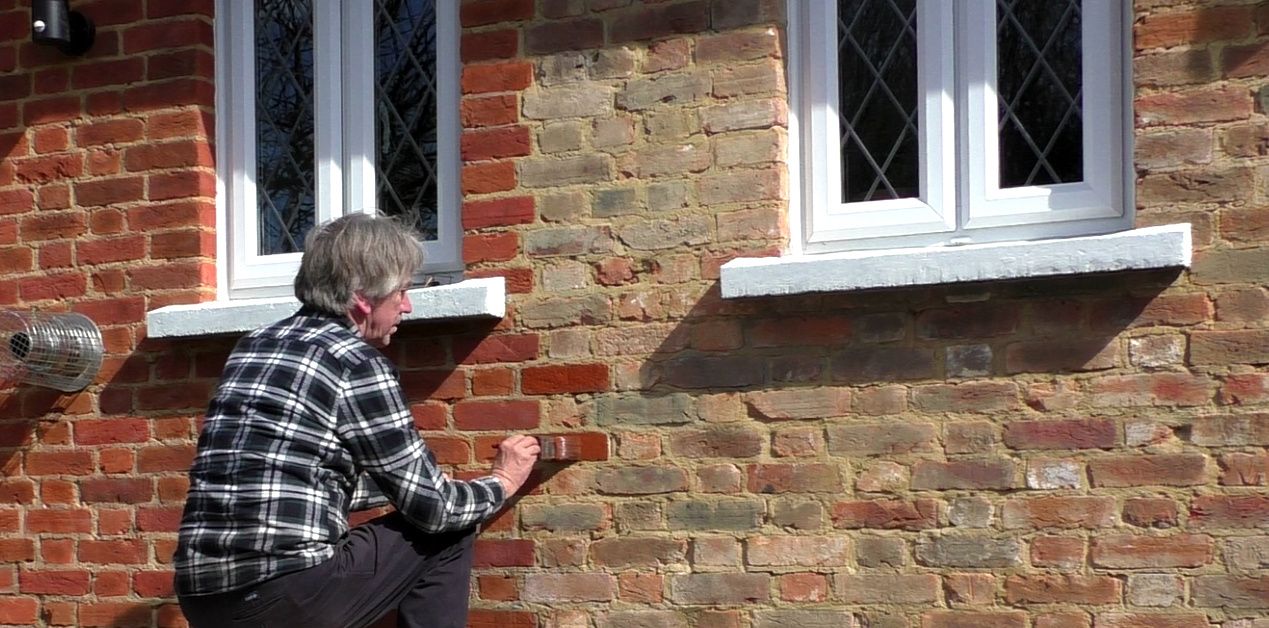
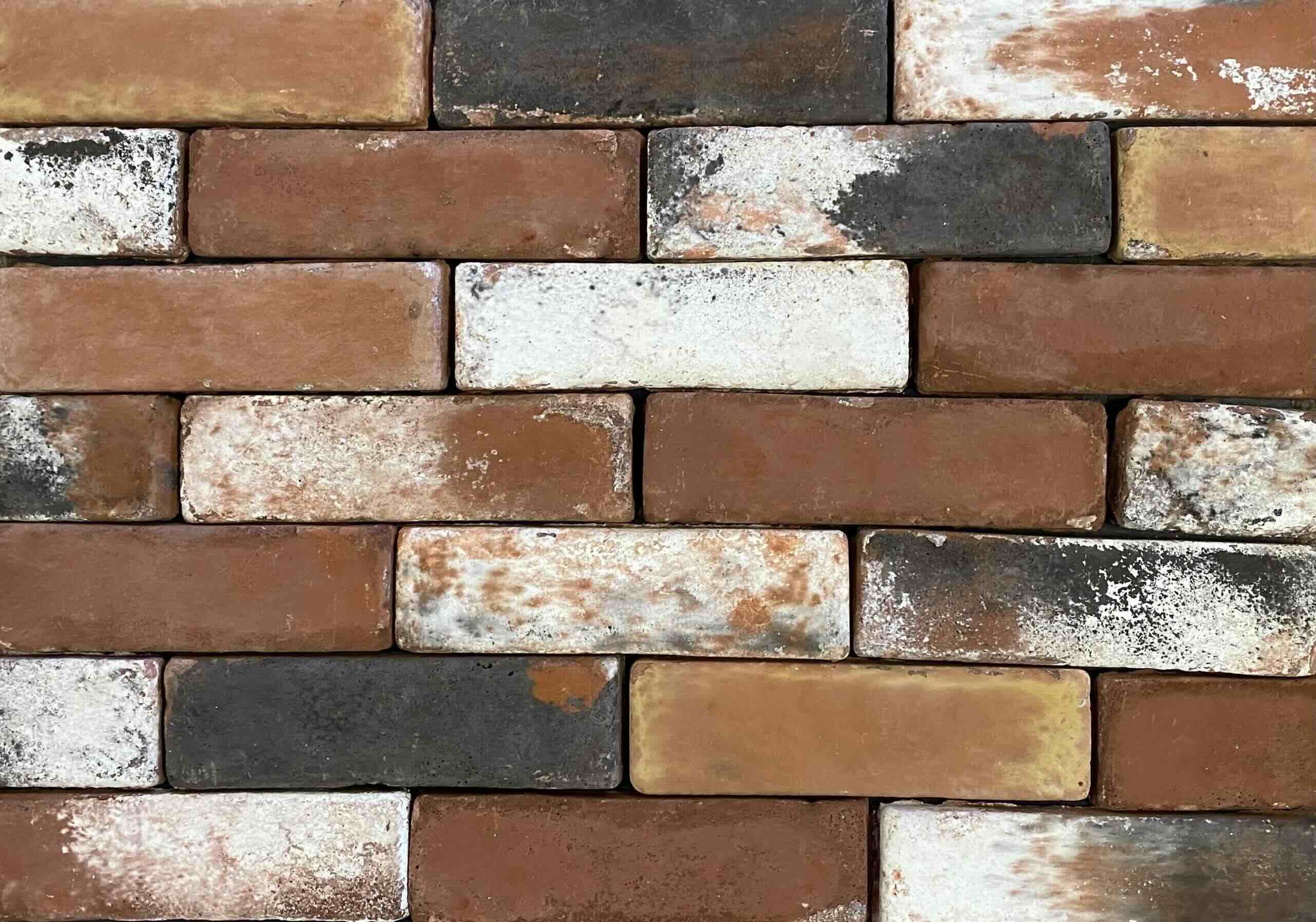
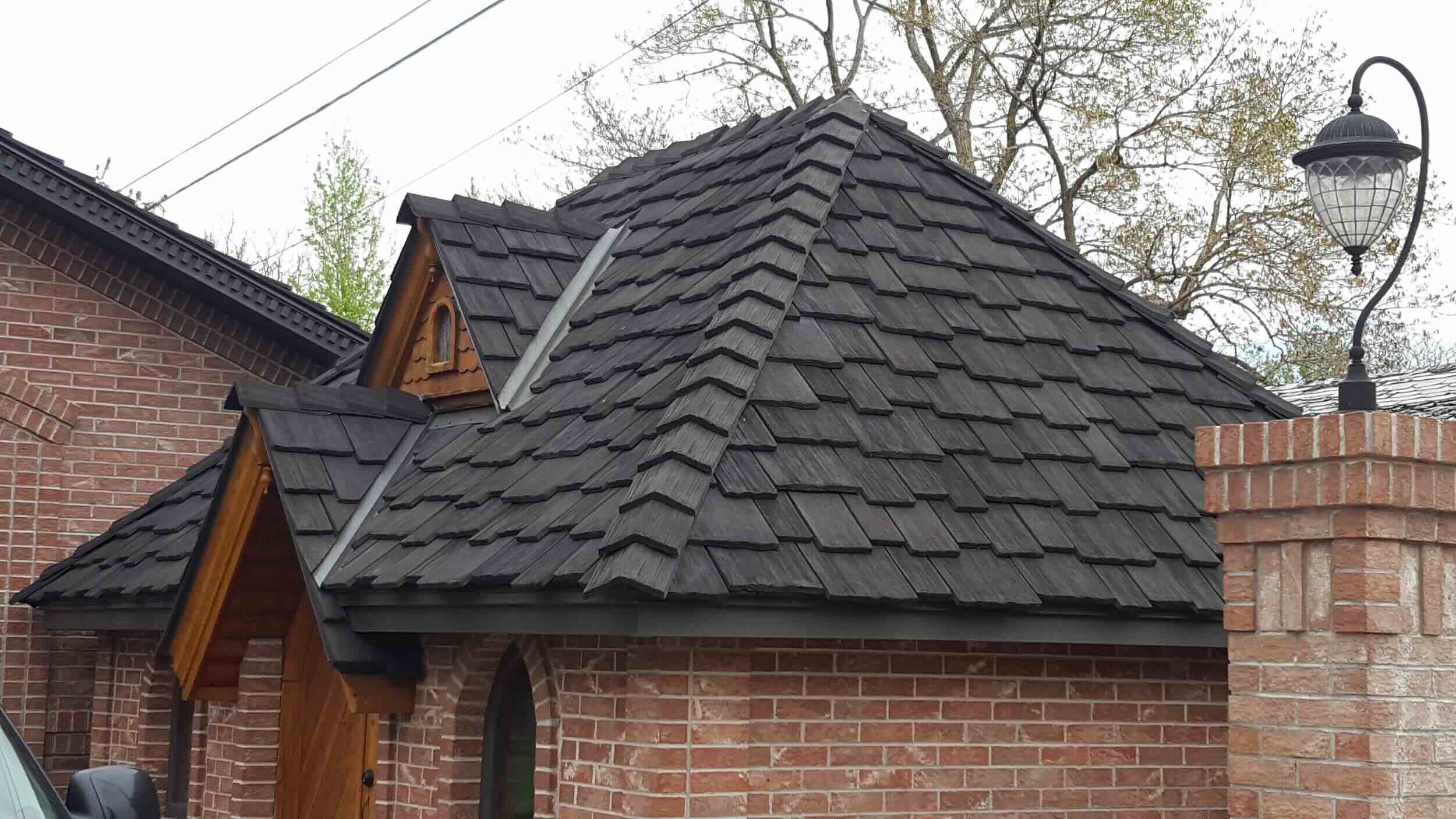
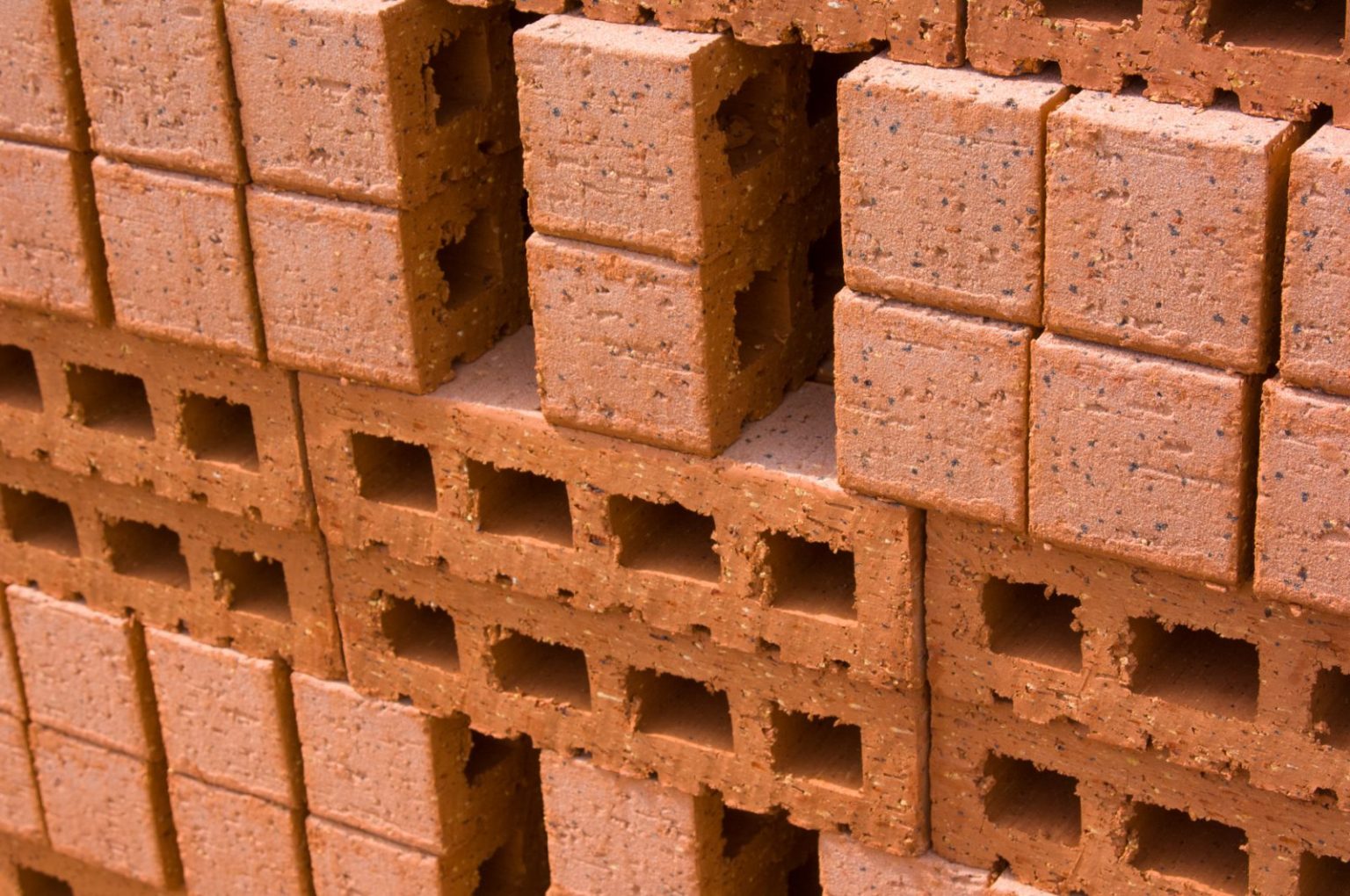
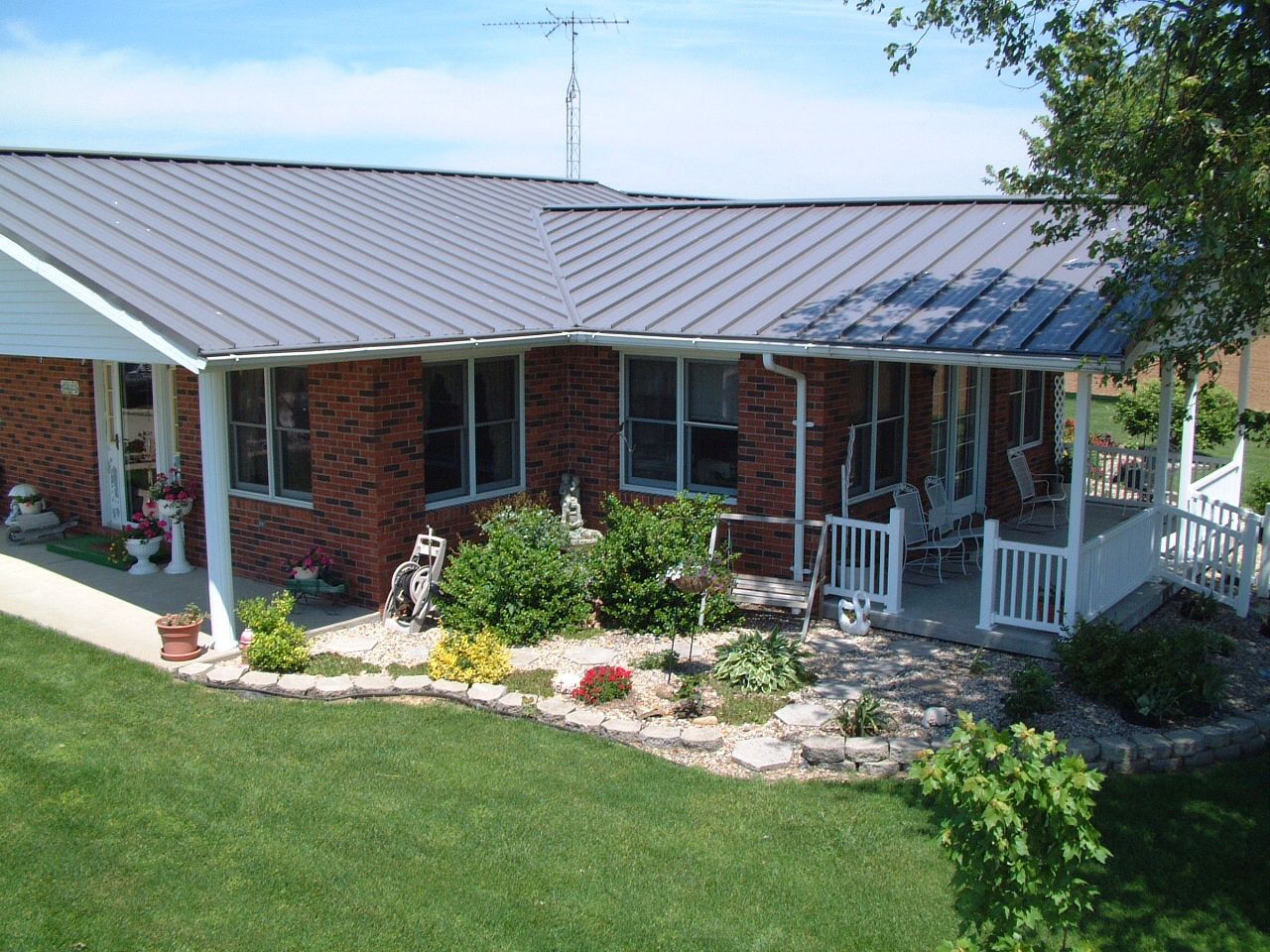


0 thoughts on “What Is The Color Of Brick”